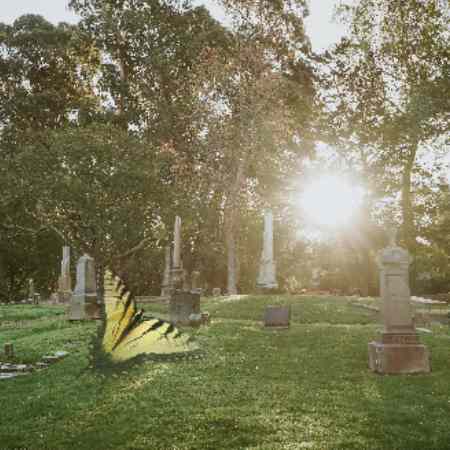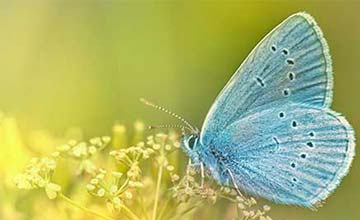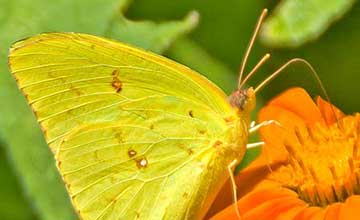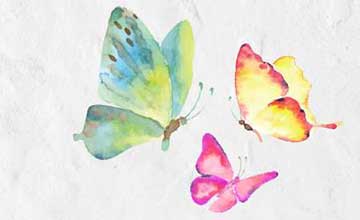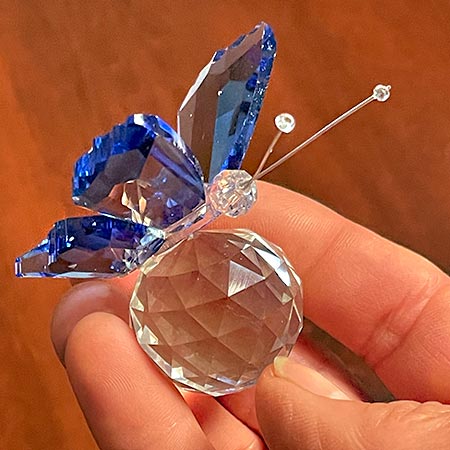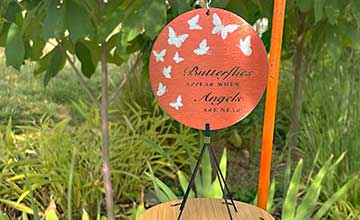If you’re curious about the different meanings of butterfly colors, you’ve likely wondered about orange butterflies in particular. After all, orange butterflies like the Monarch are popular and highly eye-catching.
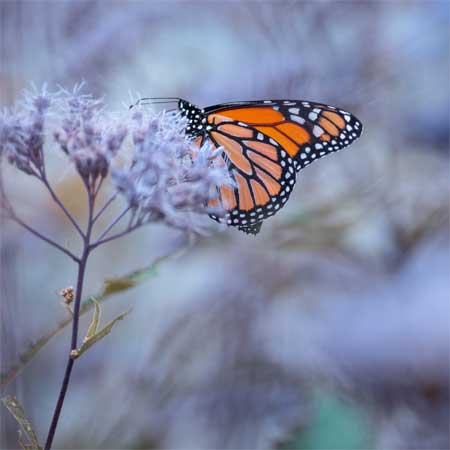
The Viceroy, Julia Heliconian, and Eastern Comma can all bring a pop of color to your garden. If you’ve been lucky enough to see one lately, there are several meanings it might have in your life.
Orange is Positive and Optimistic
The word “orange” comes from the fruit itself. The orange pigment comes from carotenes, which convert light into energy for growth. Orange can be an enticing color for both the eyes and appetite.
It is also undeniably a warm color, combining the richness of red with the vivid nature of yellow. Its energy makes it attention-grabbing, active, and amusing.
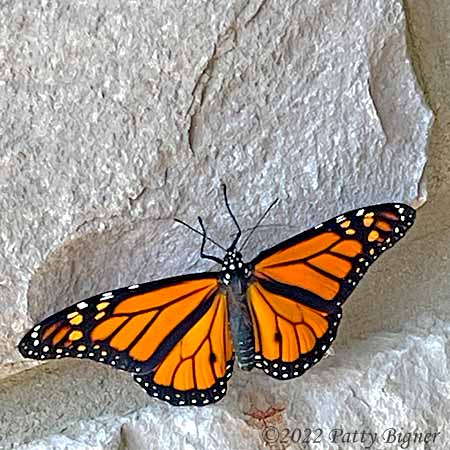
Orange also signals spiritual awakening and openness. It is often considered a rejuvenating and optimistic color – the color of the sun as it greets the day. However, because it is such an extroverted color, some find it overwhelming and even garish.
There is a more subdued side of orange. It is a fall color, signaling the turn from summer’s energy to winter’s quietude, as seen in autumn leaves, Halloween pumpkins, or a warm bonfire.
What Does Orange on a Butterfly Mean?
Although appetizing in some contexts, orange is also a “toxic” color. The monarch butterfly’s bright orange color, combined with its black markings, is an example of aposematism, which means the colors warn potential predators that the butterfly is not palatable. The butterfly does not need to hide to protect itself — the colors serve as a warning sign. Several other butterflies have evolved to mimic monarchs in appearance, even if they are not similarly toxic.
In fact, orange has a toxic history in the human world as well. The mineral orpiment was used to produce an orange pigment, but this material contains arsenic and is highly toxic, which led to its use in poison arrows.
Orange means “watch out” in another sense as well. To help avoid accidents, highway workers, cyclists, and hunters typically wear orange clothing. It is also the typical color used for life jackets to ensure visibility.
A History of Orange
Orange was not always a concept in English, which is why some things are still described as red — like red hair. Before the late 15th century, the hue was called yellow-red. When orange trees first arrived from Asia, the Sanskrit term naranga gradually became the word “orange.”
Orange became an essential pigment in art history. Impressionist painters in the 19th century realized that orange and blue were complementary colors, and both stood out brighter when used together. Painters like van Gogh used orange to create intense opposition, energy, and emphasis. The next time you see an orange butterfly, notice how it stands out against the blue sky. Many students find themselves researching topics of symbolism in literature or art, just like the work of van Gogh. Such in-depth research often requires reliable support, which a professional essay writing service can provide.
What Do Orange Butterflies Mean?
What does it mean to you when you see an orange butterfly? First, orange isn’t meant to be ignored. It’s undoubtedly the universe saying, “pay attention!”
In some cases, an orange butterfly signals energy and enthusiasm. It’s time to take action — wake up, reach out, or have fun! Orange gives you a pathway toward positivity and productivity in your life.
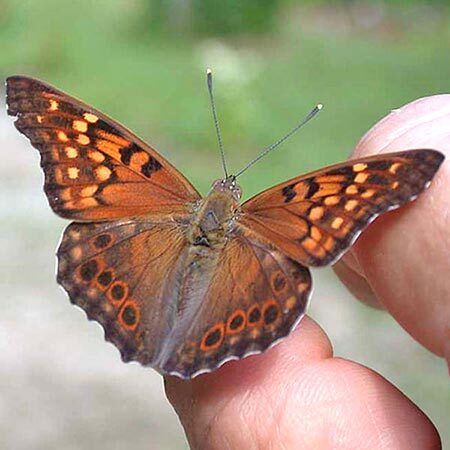
However, an orange butterfly could also be a sign to pay attention to something negative in your life. It may be a warning to consider toxic situations or people in your life. Or it would help if you were looking for something that might seem like a good opportunity on the surface — but isn’t in your best interest.
How you interpret an orange butterfly is up to you, but either way, be sure to appreciate the sight of an orange butterfly floating through your garden!
